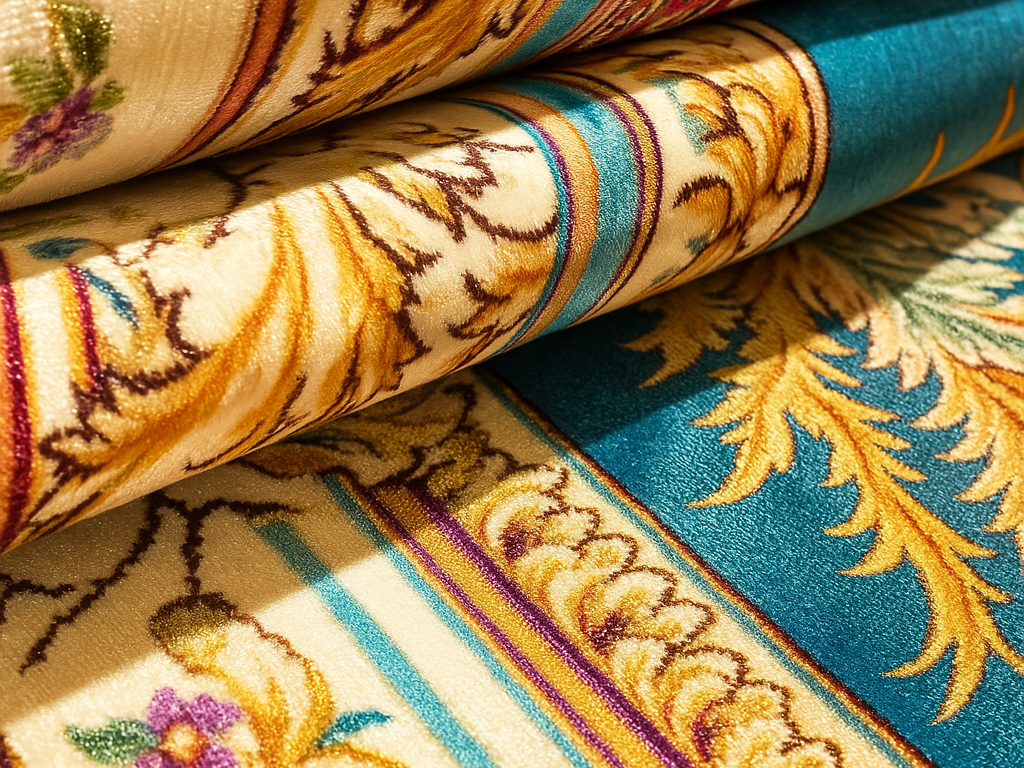When it comes to designing inspiring workplaces in 2025, the choice of carpet often gets underestimated. Yet in many ways it’s foundational—literally and aesthetically. At Valhak, we believe that flooring is more than underfoot comfort: it’s a statement of vision, a tool for acoustics and wellness, and an unspoken invitation to collaboration and focus. Here’s how trends for office carpets are evolving this year—and how you can harness them to give your workspace a fresh, modern lift.
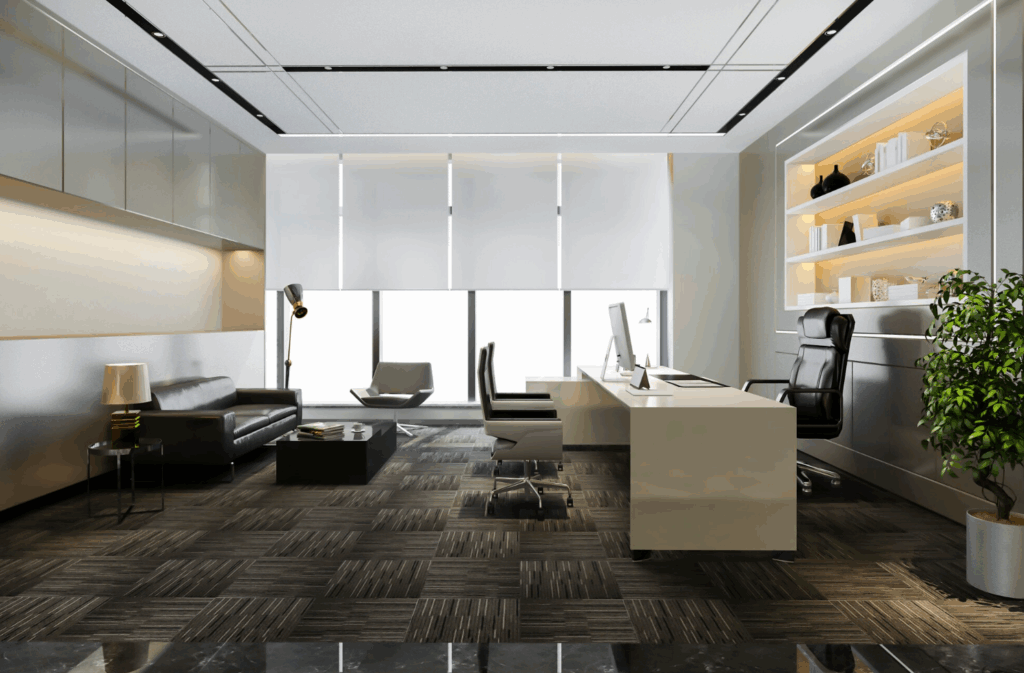
1. Textures That Engage the Senses
Texture has become a pivotal force in modern carpet design. We’re leaving behind the era of flat surfaces in favor of carpets that beg to be touched. High-low pile carpets, where strands vary in height, are especially popular—they offer visual depth and a subtle rhythm underfoot, ideal for dynamic environments where form meets function.
Cut-and-loop styles and friezes (twist-carpet) are also gaining traction. These textured options not only elevate aesthetics—they conceal footprints and stains, making them practical for lively office zones.
2. Earthy and Nature-Inspired Color Schemes
Gone are the days when the bland gray commercial carpets reigned supreme. In 2025, we’re seeing a strong move toward grounding, nature-aligned colors. Think warm taupes, rich browns, soft beiges, and calming shades of sage green.These hues offer measured elegance and flexibility—perfect for crafting a workspace that both calms and inspires.
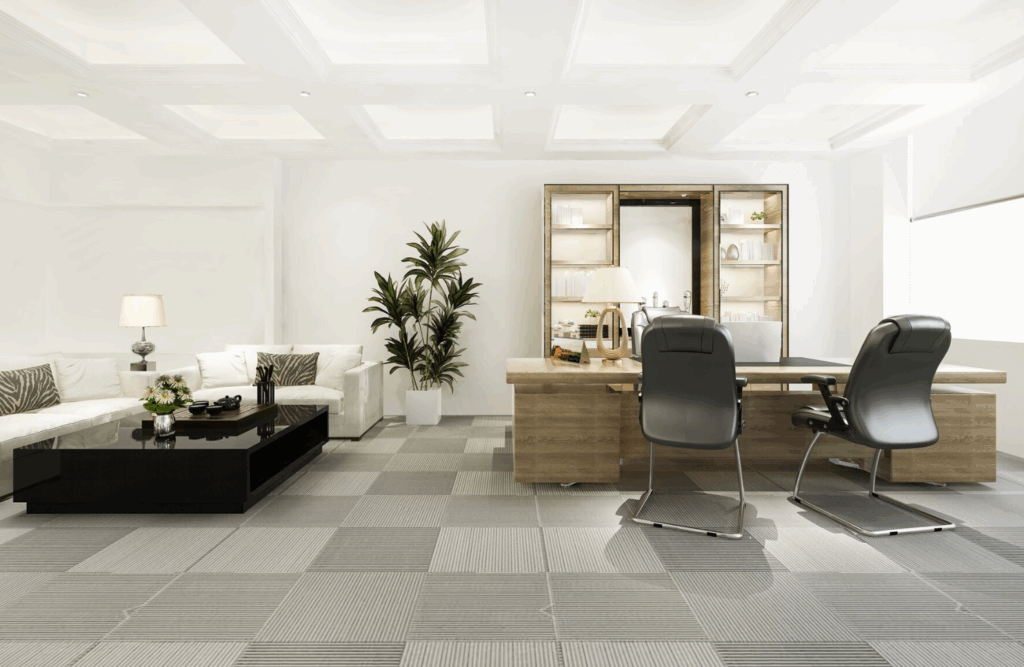
Deep, moody tones such as terracotta, ochre, even aspects of burgundy and slate are also trending—especially in breakout areas or accent zones where you want to spark creativity.
3. Patterns in Movement: From Geometry to Artistry
In office settings, pattern is no longer limited to rugs or statement walls. Bold, geometric carpets—sometimes abstract, sometimes art‑deco inspired—are being used to define zones, direct foot traffic, or simply energize large open-plan spaces. They function visually and practically, guiding who goes where and setting the tone.
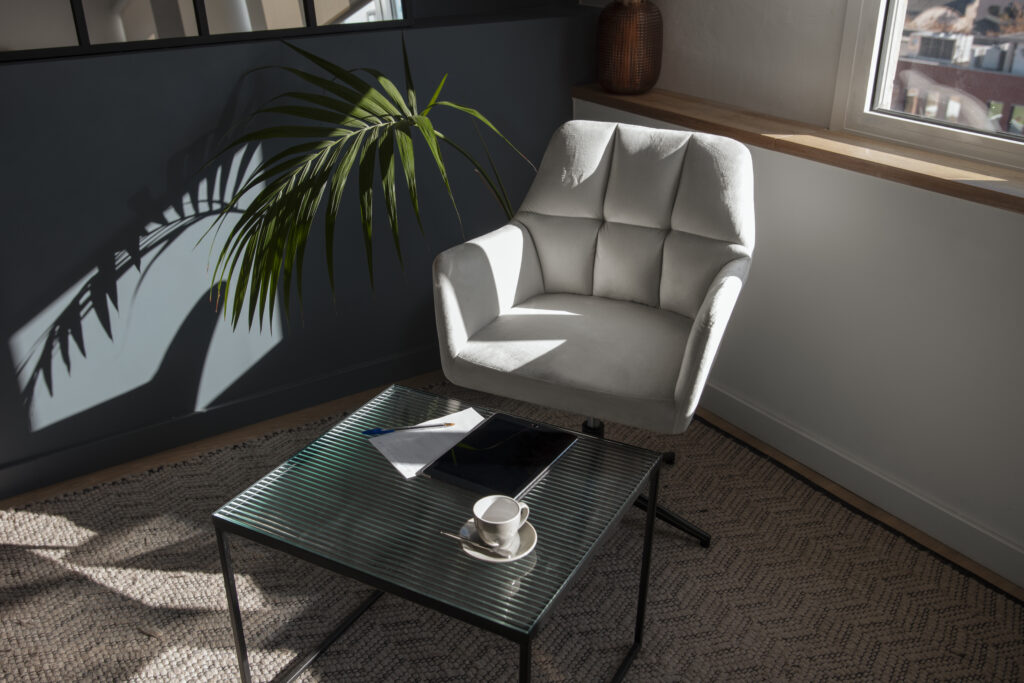
And it’s not all sharp angles. Organic, fluid motifs are making their way into carpets as well, reflecting a growing desire for biophilic connection inside the workplace.
4. Modular Versatility: Carpet Tiles Remain Evergreen
For offices, carpet tiles are a go‑to—and rightfully so. They empower customization: mix colors and textures, replace worn tiles without disrupting the floor, and innovate on layout. Maintenance is easier, and acoustic performance can be enhanced simply via material design.
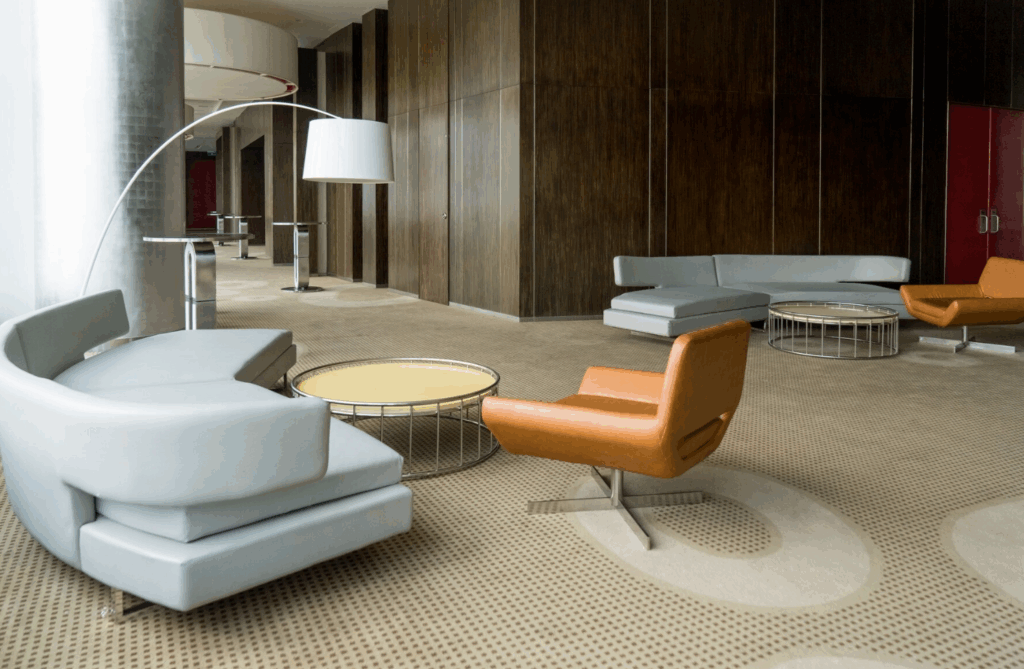
In 2025, those strengths are more relevant than ever. With agile workspaces on the rise, modular carpet responds beautifully to daily or seasonal shifts in layout.
5. High Performance: Durability, Maintenance, and Sustainability
Modern offices demand flooring that works as hard as the people who walk on it. Carpet makers are answering with high-performance products: solution-dyed fibers, stain-resistant coatings, waterproof and antimicrobial finishes. They’re built to handle spills, sustain heavy traffic, and keep their color longer.
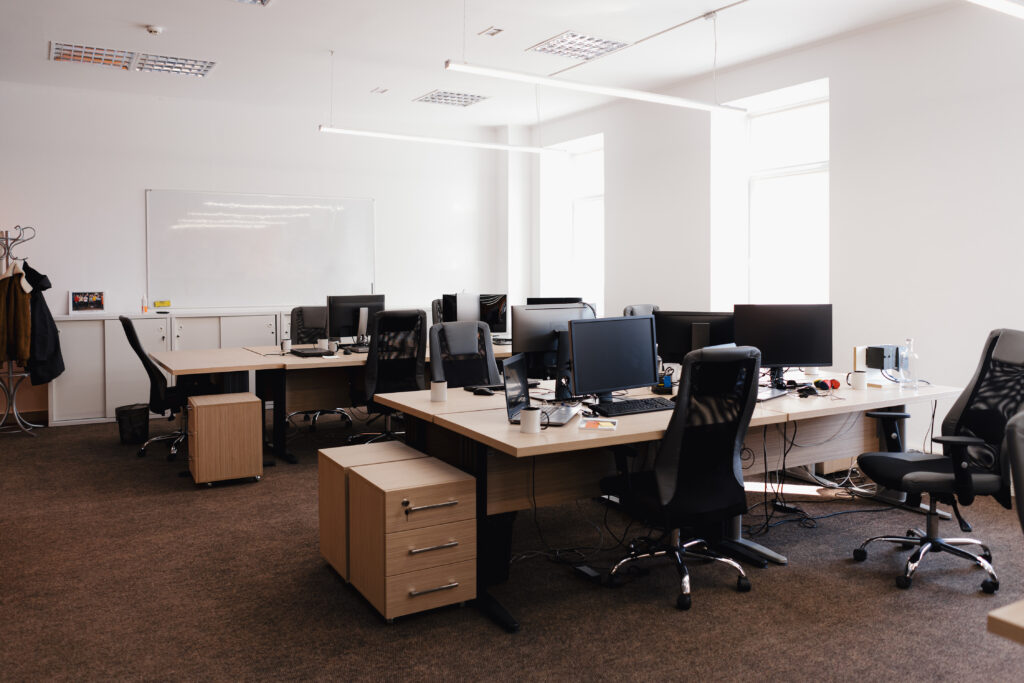
Sustainability joins functionality: recycled PET fibers, reclaimed materials like fishing nets, and natural fibers such as wool, jute, and sisal are increasingly common. These choices reduce environmental impact and often earn green certifications—important for companies focused on wellness and ESG (Environmental, Social, Governance) commitments.
6. Acoustic Control: Softer Steps, Quieter Minds
In open, collaborative offices, noise can be distracting. That’s why acoustic properties are now built into carpet designs—not as an afterthought, but as a priority. Thicker underlays, dense pile, engineered fibers: all of these help absorb sound, reduce echoes, and create a more focused environment.
7. Layering & Hybrid Approaches
Some of the most creative office floor designs in 2025 blend carpets in layered ways—pairing wall-to-wall neutral textures with area rugs that introduce bold pattern or contrast. Not only does this echo residential coziness, but it also allows you to define zones visually: think an open lounge area carpeted in warm neutral plush underfoot, anchored by a statement rug that denotes a brainstorming hub.
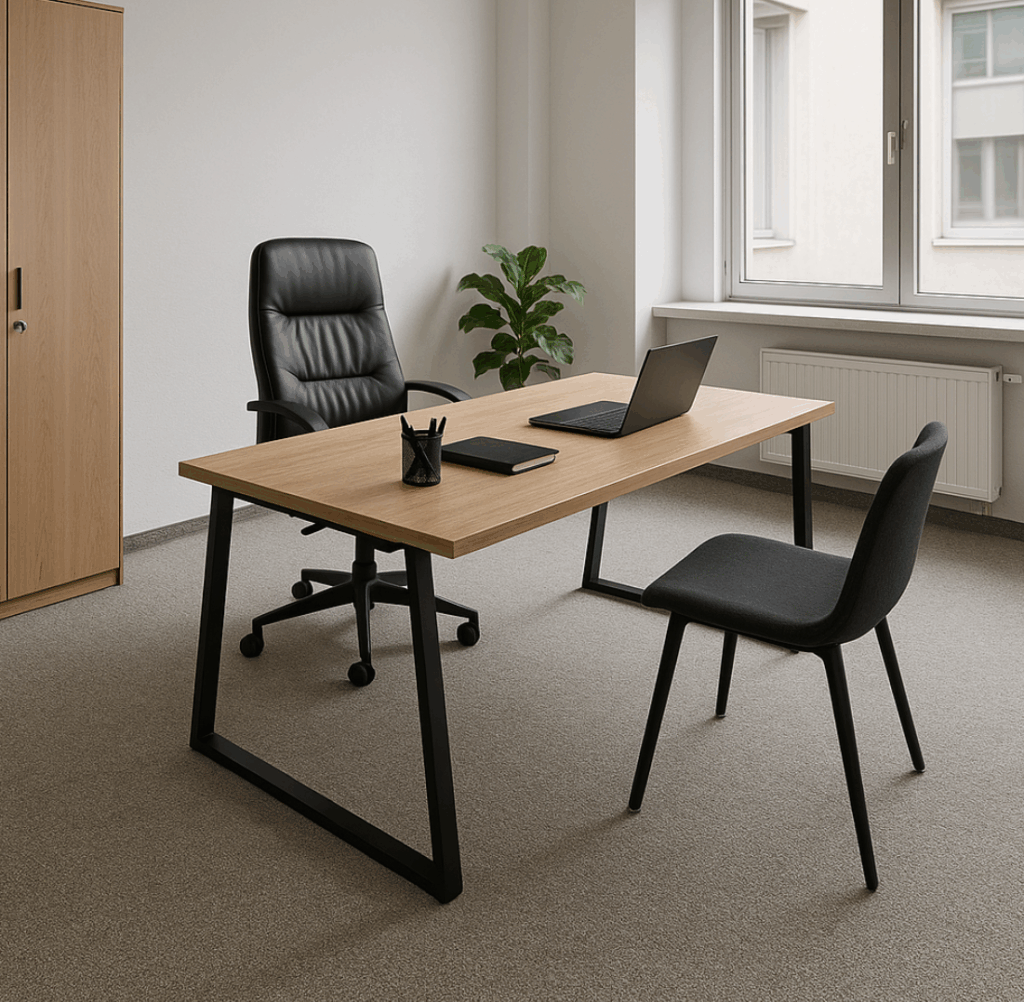
Beyond carpet, mixing materials like carpet tiles with polished concrete or luxury vinyl can help differentiate zones. It’s about blending feel, function, and flexibility.
8. Color Trends from the Broader Palette
Looking at the broader color trends for interiors in 2025, there are implications for carpet too. Benjamin Moore’s Color of the Year, Cinnamon Slate, is a warm, inviting in-between hue that marries plum and chocolate brown—perfect as inspiration for accent-zone flooring.
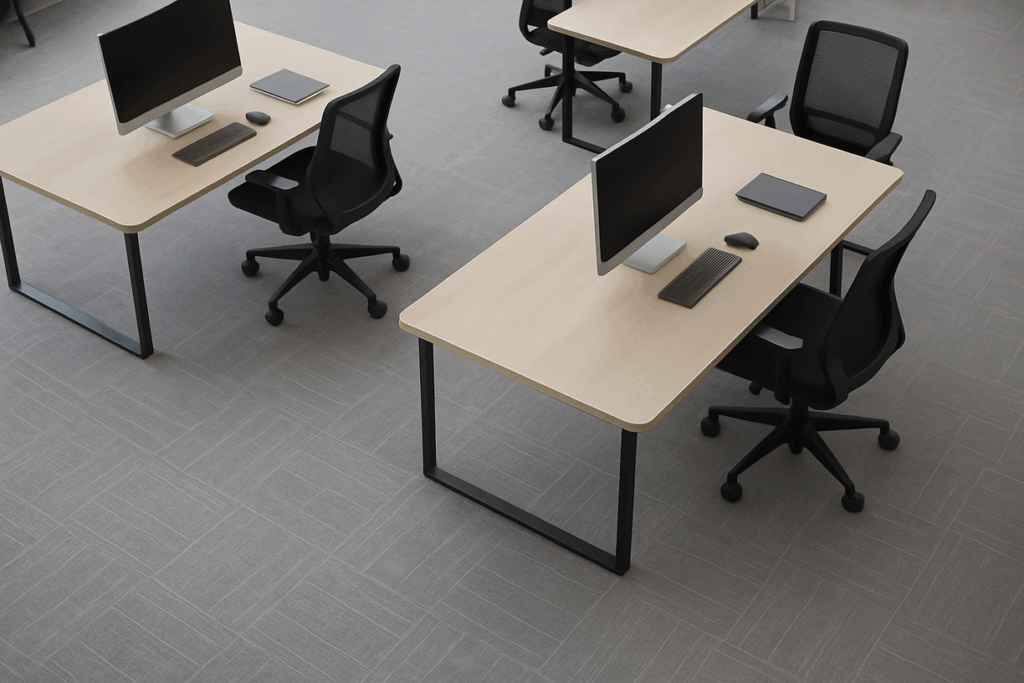
More generally, the Color of the Year picks deck shows a leaning toward earthy browns, warm neutrals, and moody tones—STAINMASTER’s “Truffle”, Behr’s “Cedar”, or Pantone’s “Mocha Mousse.” These shades underscore a desire for comfort, grounding, and richness across interiors.
Design thinking is also shifting away from rigid rules (like the strict 60/30/10 color rule); in 2025 designers are encouraging more instinctive, layered, tonal approaches. That flexibility easily extends down to how we style floors.
9. Valhak’s Take: Styling Office Carpets Thoughtfully
At Valhak, our philosophy combines the practical and the poetic. We know carpets must endure daily use—but they can also serve as a canvas for thoughtful interior storytelling. Here are a few ideas for integrating these trends into your office design approach:

Start with a “Base Neutral”
Choose a warm taupe, soft beige, or grounded gray for the main flow areas. It offers continuity, echoes nature, and visually expands spaces.
Use Accent Zones Strategically
Consider bold terracotta or sage-green carpets in focus/quiet zones. Patterned or geometric carpets can help define lounges or collaboration hubs.
Layer Texture with Purpose
Pair a plush low-pile carpet with a textured cut-and-loop rug in a meeting area. Visually, it delineates space; physically, it defines experience.
Modular Flexibility
In high-traffic corridors, meeting areas, or flexible zones, opt for carpet tiles. They offer ease of replacement and creative layout options.
Prioritize Health & Longevity
Select high-performance fibers and provide professional cleaning and maintenance schedules. If low VOC and sustainable materials are important to your brand, ensure certifications like Green Label Plus.
Design for Acoustics
Combining carpet with underlays and sound-absorptive fibers enhances focus and fosters a sense of comfort.
10. Sample Scenarios: Translating Trends into Spaces
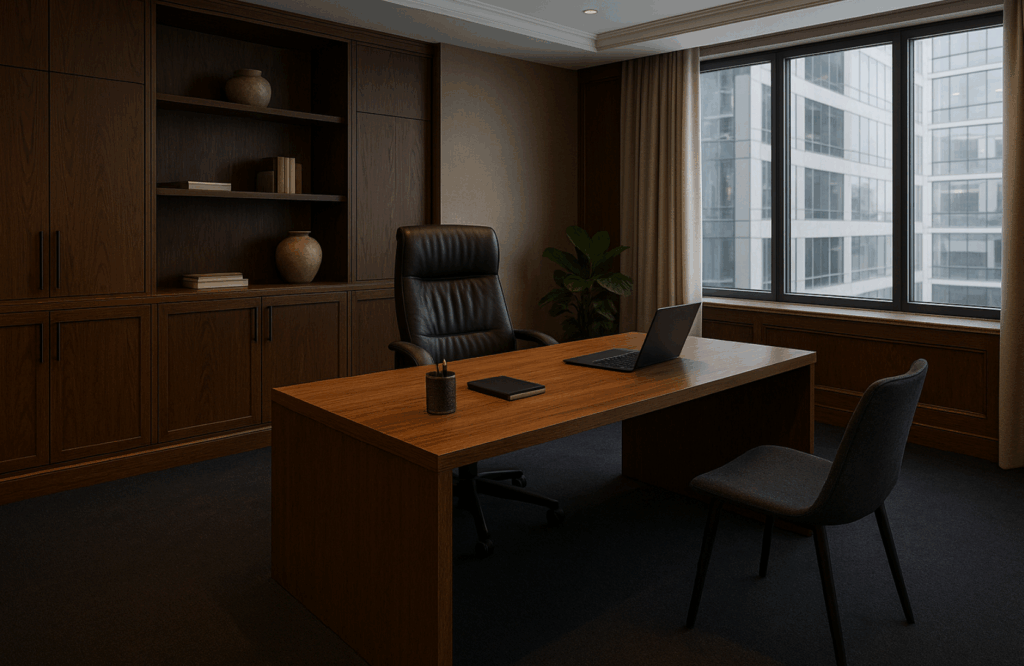
Open-Plan Workfloor: Subtle Texture Meets Neutral Elegance
Imagine a large, open-concept layout where coworkers roam between desks, meeting corners, and casual lounges. A high-low pile carpet in a neutral palette—think warm gray or sandy taupe—lays a cohesive base underfoot. Subtle sculpted patterns in multi-level loops visually break the monotony of rows of desks, while soft geometric casts hint at pathways or collaborative nodes without overt zoning.
Texture-wise, this approach hides footprints and muted wear—and noise—making it ideal for heavy circulation zones. Materials like tension-bound nylon or recycled synthetics offer stain resistance and durability. Bonus: A softly built-in acoustic underlay helps dampen noise absorption across the office.
Focus Pods and Quiet Zones: Warm Accents with Bold Comfort
Isolated focus pods or quiet rooms can benefit from an accent carpet in warm earth tones such as terracotta, sage, or soft caramel. Select a plush style or cut‑and‑loop texture in these zones to subconsciously signal calm and intimacy. The richness of the pile invites touch and offers physical softness in contrast to the lively open floor.
These cozy pods should feel cocoon-like—helpful for concentration. The deeper hue helps hide scuff and spillage, while high-performance fibers (like solution-dyed nylon or blended synthetics) ensure longevity.
Breakout Lounge or Collaboration Hub: Bold Geometry & Modular Tiles
To inject energy, use modular carpet tiles featuring geometric patterns—hexagons, chevrons, ombré effects, or abstract stripe runs—in breakout lounges or brainstorming zones. The design visually encourages movement and fluid interaction without obstructing furniture placement.
Create dynamic flooring by mixing pattern tiles with solid tone-on-tone tiles in adjacent zones. This approach supports flexibility and easy reconfiguration—ideal for agile workspaces. Carpet tiles also enable quick replacement if damage occurs.
Meeting Room or Executive Space: Layering with Impact
In more formal settings, a refined aesthetic emerges through layering: install a low-pile, neutral carpet base; then overlay a dramatic patterned area rug or defined zone carpet. Think a tone-on-tone cut-and-loop rug with an abstract or art-deco motif atop a foundation of soft gray or beige.
This layered method anchors conversation areas, introduces visual hierarchy, and gives the floor a curated, gallery-like feel. The interplay of plushness and pattern also enhances acoustics.
Reception & Entry: Statement Design as Brand Front Door
Your reception acts as your brand’s first greeting. Opt for a bold geometric or organic patterned carpet in complementary brand colors (even custom motifs or logos) to make a lasting impression. These statement carpets can subtly direct foot traffic and visually frame the entry path.
Choose eco-friendly, sustainable materials—like recycled PET fiber or low-VOC blends—to align with wellness and sustainable design goals.
11. Why These Trends Matter to Your Business
Enhancing Productivity Through Acoustic and Cognitive Comfort
Office carpet trends in 2025 go far beyond aesthetics—they actively improve performance. Acoustic-rated carpets, especially modular tiles with high Noise Reduction Coefficients (NRC), can absorb up to 30% of ambient noise in open-plan zones. That reduction fosters concentration, reduces stress, and promotes clearer communication.
On top of that, textured, biophilic carpet designs—like fractal patterns or organic motifs—are part of a growing shift toward neuro-inclusive design. These patterns help calm the brain’s amygdala, support visual processing, and reduce cognitive fatigue—benefits backed by sensory-driven design research.
Together, these approaches support a more focused, healthier, and creative workforce.
Designing for Flexibility & Agility
Modern offices are fluid—spaces must change with shifting team sizes, hybrid schedules, and evolving styles. Modular carpet tiles enable businesses to reconfigure quickly: add collaboration zones, rotate tile layouts seasonally, or repair specific sections without re-flooring the entire area.
This unlocks operational flexibility for fast-moving organizations—and fits seamlessly into agile workplace patterns. You can define and repurpose zones visually, without permanent build-outs, and maintain performance consistency across different use cases.
Cost Efficiency: Lifecycle Value & Simplified Maintenance
High-performance fibers like solution-dyed nylon or PET blends resist stains, fading, and static. Their durability helps carpets withstand heavy foot traffic without frequent replacement.
At the same time, carpet tiles make maintenance and repairs targeted and cost-efficient: only damaged tiles need replacing. That flexibility reduces downtime and lowers total floor renewal costs.
Cleanability is equally important—many modern carpets offer soil-release and antimicrobial coatings, making them stain-resistant and healthier for reuse.
Sustainability Aligns with Brand and ESG Goals
In 2025, sustainability is no longer optional—it’s expected. Carpets made from recycled PET fibers, fishing nets, or reclaimed wool support circular economy practices and contribute to LEED/WELL certification. Brands like Interface emphasize cradle-to-cradle certification, carbon-neutral production, and recycling initiatives.
Choosing sustainable materials promotes healthier indoor air quality (via low-VOC backing and finishes), supports wellness-led architecture, and enhances brand reputation with eco-conscious stakeholders.
Brand Identity and Aesthetic as an Experience
Carpet is no longer just flooring—it becomes a visual signature. Patterned, geometric, or nature-inspired carpets can reinforce brand colors, signal different office zones, or create welcoming first impressions through statement entry areas.
By layering patterns and palettes intentionally, businesses can tell their story through floor design—making the carpet part of architecture, interaction, and mood.
Wellness, Health & Environmental Advantages
Beyond acoustics and material choice, carpet contributes to comfort by cushioning footsteps, reducing joint fatigue, and supporting indoor thermoregulation. In spaces with long standing or walking, cushioned carpet surfaces improve employee wellbeing.
Carpets also trap airborne pollutants—dust, allergens, and particulates—removing them from the air and helping maintain healthier indoor quality. Professional cleaning prolongs lifespan and further supports workplace hygiene.
12. Conclusion
As we look into 2025 and beyond, carpets are shedding their old reputation as mere functional underlay—instead stepping into the spotlight as vital design elements. Whether it’s through earthy colors, rich textures, acoustic performance, eco-conscious materials, or modular flexibility, today’s office carpet trends allow for authenticity, efficiency, and atmosphere in equal measure.
At Valhak, we champion thoughtful flooring solutions that align with modern workplace aspirations. After all, the ground beneath us plays an unseen—yet essential—role in shaping how we work, communicate, and grow.
13. FAQs
1. Which carpet colors are best for modern offices in 2025?
Warm neutrals like taupe, beige, and grounded gray are popular for large zones. Accent areas often use rich earth tones like terracotta or sage green.
2. Are patterned carpets still a good choice for offices?
Absolutely. Abstract, geometric, or organic patterns are increasingly used to define areas and add visual interest.
3. Why choose carpet tiles over broadloom in commercial settings?
Tiles grant design flexibility, easy replacement, custom layouts, and better acoustic control—perfect for changing office needs.
4. What materials should I consider for long-lasting office carpet?
High-performance solution-dyed synthetics with stain/water resistance, or sustainable natural fibers with certifications—both are excellent depending on priorities.
5. How can office carpets improve sound and comfort?
Choosing dense, textured carpets with underlay reduces echoes and muffles footsteps—enhancing acoustics and creating a more serene environment.

